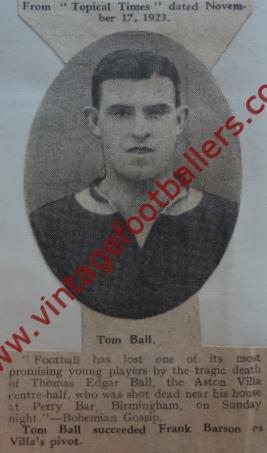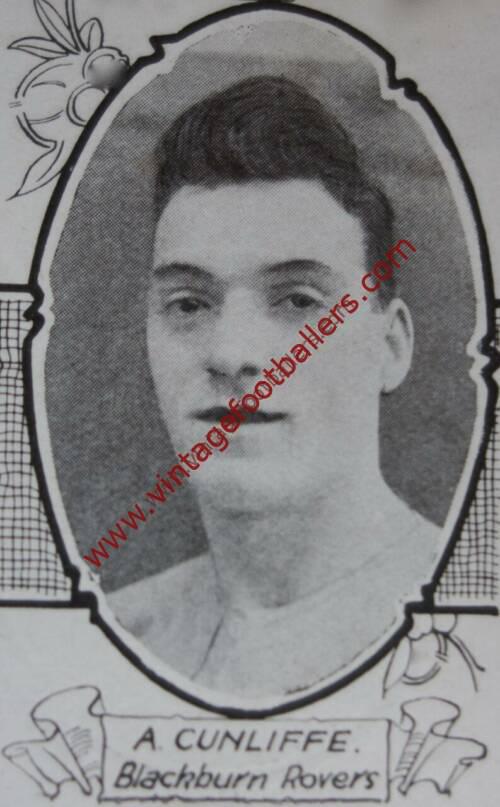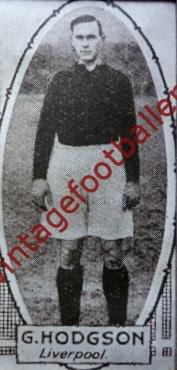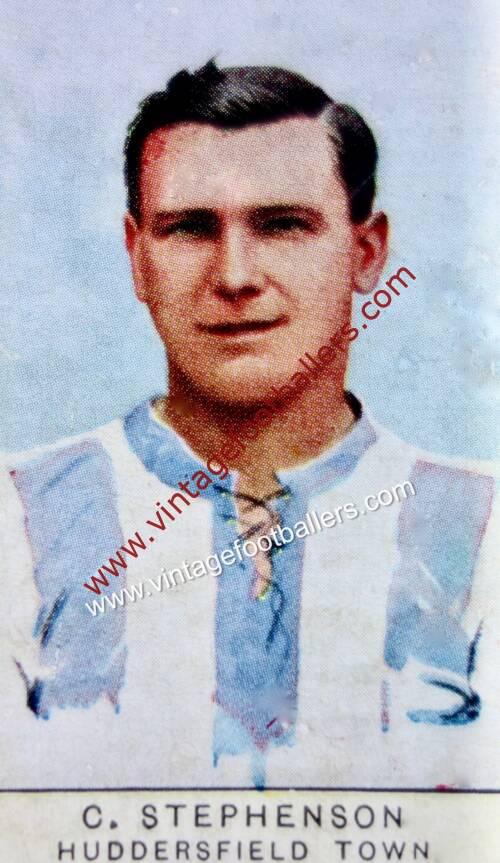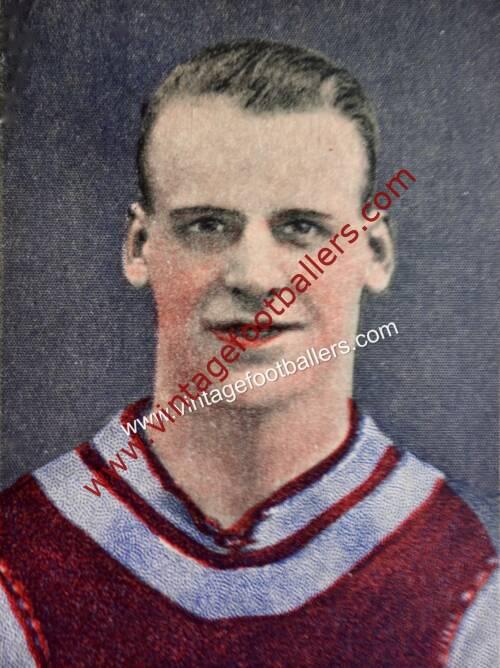Please choose your photo size from the drop down menu below.
If you wish your photo to be framed please select Yes.
Note: 16″x 20″not available in a frame.
Images can also be added to accessories. To order please follow these links
£8.95 – £49.95
Please choose your photo size from the drop down menu below.
If you wish your photo to be framed please select Yes.
Note: 16″x 20″not available in a frame.
Images can also be added to accessories. To order please follow these links
Chester-le-Street, County Durham born centre half Tommy Ball began his football career in 1915 with Felling Colliery before being signed by Newcastle United after the First World War in May 1919. He didn’t play for the first team appearances at Newcastle before being signed by First Division Aston Villa of the in January 1920 as cover for Frank Barson. He made his Football League debut against Bolton Wanderers in April 1920, his only appearance of the season. His first team appearances were limited until Barson left Villa in August 1922 after which Ball became the first-choice centre half, making 36 appearances in the 1922-23 season, at the end of which Villa finished sixth in the League Championship. In the following season, he continued to perform well at the heart of Villa’s defence and he was forecast to be called up to play for England.
His last game for Villa came on 10th November 1923 in a 1-0 victory over Notts County at Meadow Lane, a result which left Villa third in the League table. By this time, Ball had made a total of 77 appearances in League and Cup matches for The Villains.
In May 1922, Ball married Beatrice Richards, the daughter of a local pork butcher and pie maker. In October, the couple moved into Somerville Cottages, on Brick Kiln Lane, Perry Barr which they rented from George Stagg, who occupied the adjoining cottage. Stagg was a former policeman who had been injured during the First World War; after the War, he had taken various factory jobs before purchasing the Brick Kiln Lane properties in 1921. The relationship between Stagg and Ball was strained, with Stagg objecting to Ball’s chickens straying into his garden; Stagg had threatened to poison the chickens and had made attempts to have Ball evicted from the cottage.
On the evening of Sunday 11th November, the day after the match at Nottingham, Ball and his wife had visited the Church Tavern where Ball drunk 3½ pints of ale. They returned home late in the evening and, shortly after 10pm Ball had gone into his garden to fetch his dog. Mrs. Ball heard an argument in the garden followed by a gunshot. She ran out into the garden where she saw her husband “in a very distressed state, reeling towards her”. Mrs. Ball claimed that Stagg shot again with the bullet passing over her shoulder. Ball died shortly afterwards from the gunshot wounds. Stagg made no attempt to flee and was arrested by the police at the scene.
Tommy Ball’s funeral was held on 19th November, and has been described as “a grand occasion”. The funeral cortege set off from the butcher’s shop of Beatrice Ball’s father, William Richards, in High Street, Aston; seven coaches and several cars made their way through the crowds lining the streets to the packed St. John’s Church, Perry Barr[9] where the coffin was carried by Ball’s former teammates. There were floral tributes from local football clubs, as well as from Middlesbrough, close to his birthplace. A collection among the crowd at Aston Villa’s home match on the Saturday before the funeral raised over a hundred pounds for Ball’s widow.
Ball was buried in St. John’s churchyard in an ornate grave decorated with footballs. The grave bears the inscription: “To T.E. Ball – A token of esteem from his fellow players of Aston Villa F.C.”
At the coroner’s inquest into Ball’s death, Stagg admitted the killing but claimed it had been an accident. He claimed that he had fired the gun in order to frighten Ball and that Ball was shot as he attempted to grab the gun. The jury rejected this argument, returning a verdict of “wilful murder”, and Stagg was committed for trial at Stafford Assizes.
The murder trial was heard in February 1924 in front of Mr. Justice Rowlatt. Stagg continued to claim that the killing was an accident and that he first fired the gun when Ball (allegedly “under the influence of drink”) started to climb over the gate following an argument. There then followed a fight where Ball tried to wrench the gun away from Stagg; as Stagg fell back, the gun discharged accidentally, killing Ball. Stagg also claimed that Ball had threatened to attack Mrs. Stagg who was watching from a first-floor window: “I will come up and dash your brains out” and that Beatrice Ball had later said “He would not have hurt Mrs. Stagg, although he kicks me about”. This was refuted at the trial by Mrs. Ball who “emphatically denied” that her husband had ever hit her. The Aston Villa trainer, Alf Miles, was called as a witness saying that Ball was a “good living man – always in the best of condition”.
In his summing up, Mr. Justice Rowlatt instructed the jury not to show too much sympathy towards Stagg, but “to look at the facts dispassionately”. Although there was a conflict of evidence as to how Ball was killed and although there might have been no motive, “it might still be murder if a man might lose his temper against a person he did not like and commit an act of murder”. If the gun was pointed at the victim and discharged on purpose, that was murder, whereas if it went off by accident during a struggle, that was manslaughter. After deliberating for an hour and forty minutes, the jury returned a verdict of “wilful murder” with a recommendation of mercy. Despite this, Mr. Justice Rowlatt passed a sentence of death.
Stagg was refused leave to appeal, but his sentence was commuted to life imprisonment as part of the reforms introduced by the newly elected Labour Government. Stagg was subsequently declared “insane” and was incarcerated in Broadmoor Hospital. He eventually died in a Birmingham mental hospital in February 1966, aged 87.
| Weight | N/A |
|---|
